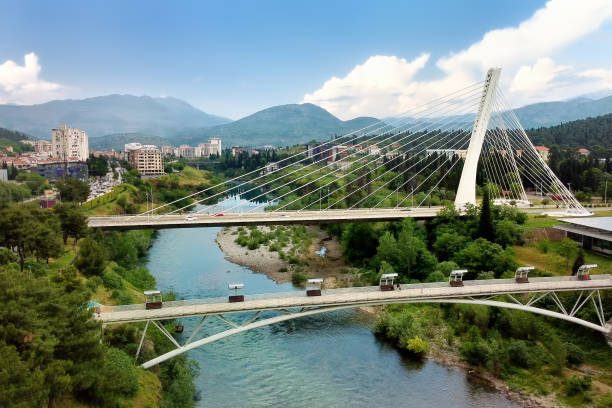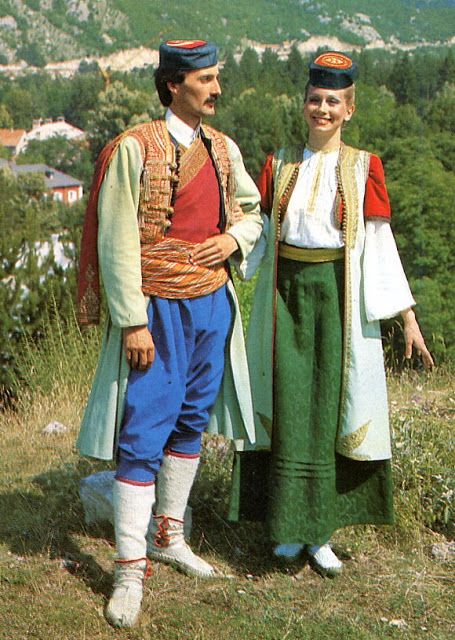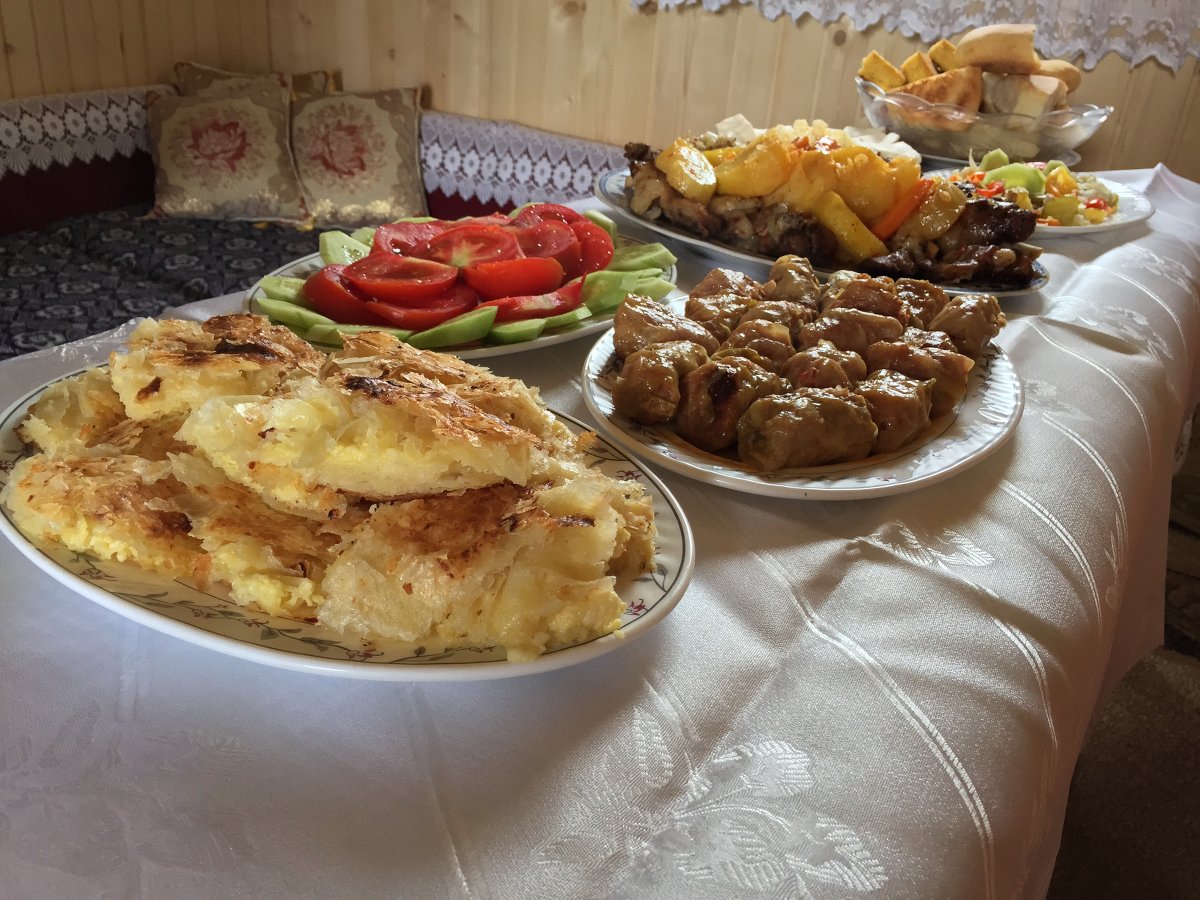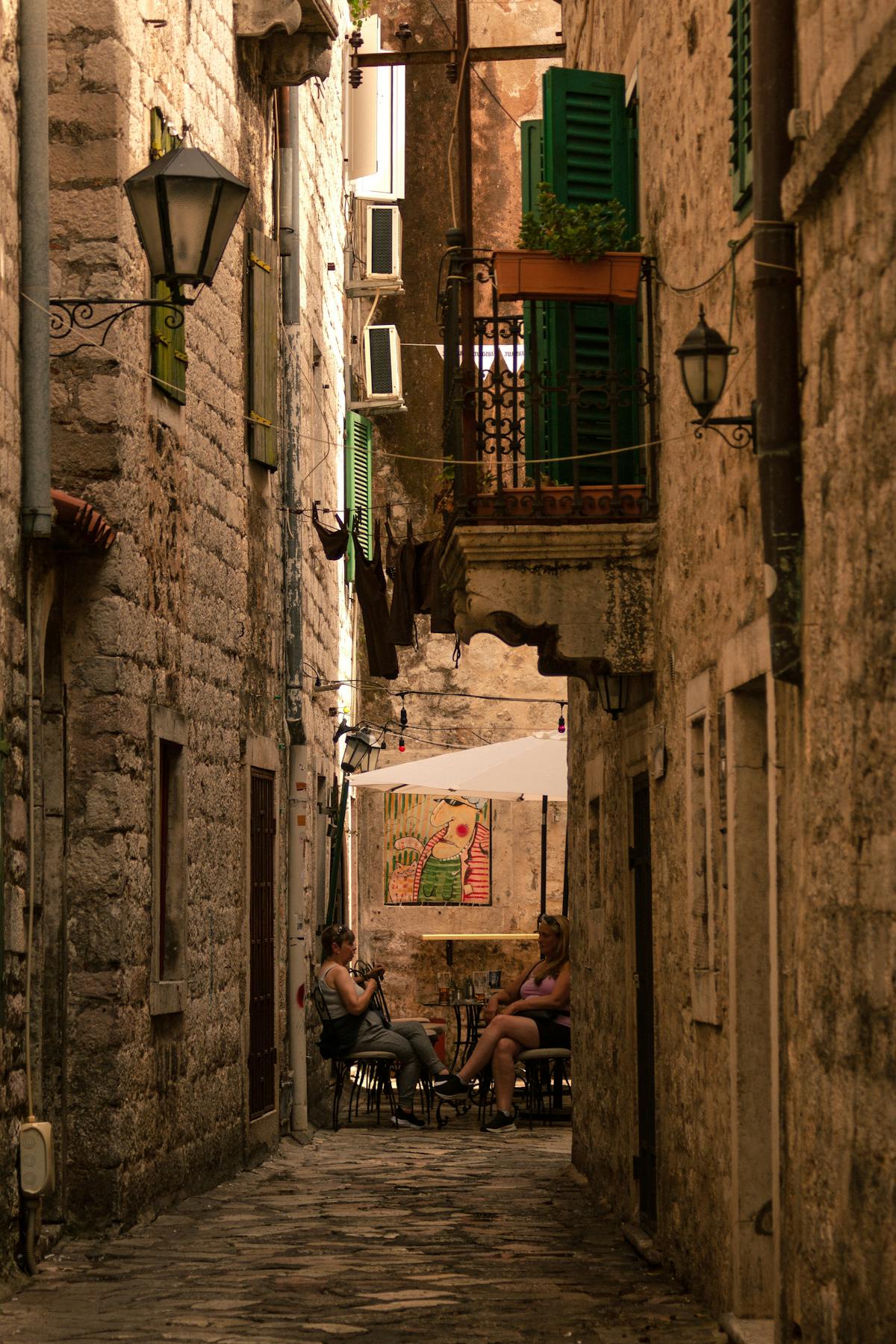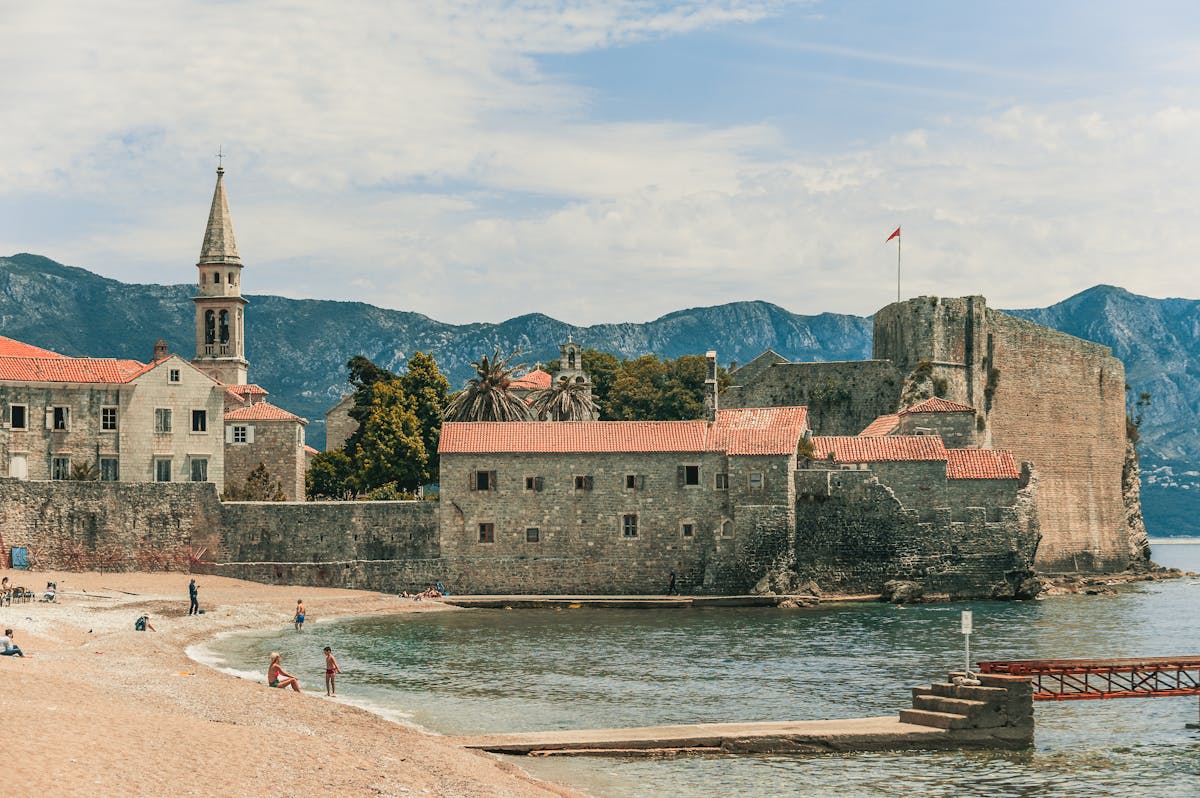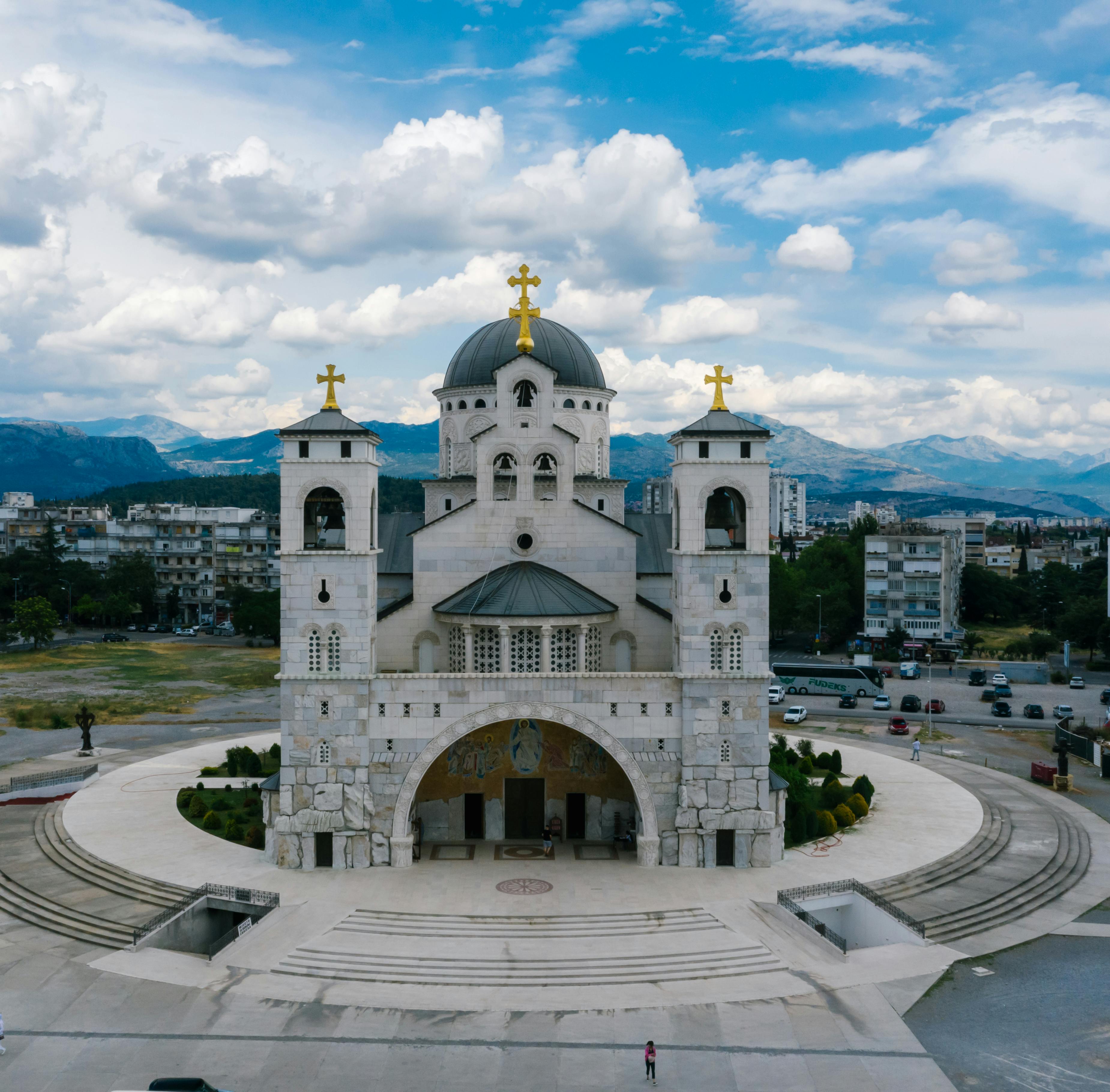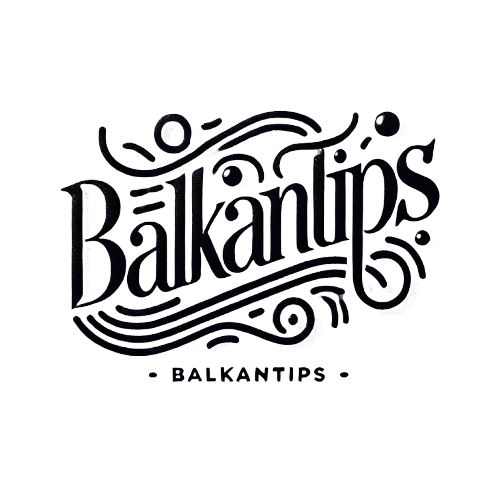

Explore the stunning Adriatic coast, rich culture, and unique history of Montenegro.
Montenegro is a small yet captivating country located in the Balkans, known for its stunning natural landscapes, rich history, and vibrant culture. Here are key periods in Montenegro's historical development: Ancient Times: The territory of modern Montenegro was inhabited by Illyrian tribes and later came under Roman control, leaving a legacy of archaeological sites that highlight its ancient history. Medieval Montenegro: During the Middle Ages, Montenegro was a center of the Serbian Orthodox Church and developed its own principalities, notably Zeta. The region faced invasions from the Ottomans but maintained a degree of autonomy. Ottoman Influence: Montenegro was partially under Ottoman rule, yet it managed to resist full control, leading to a unique blend of cultural influences and the preservation of its Orthodox Christian identity. Independence and Kingdom of Montenegro: Montenegro proclaimed independence in 1878 at the Congress of Berlin. It became a kingdom in 1905, expanding its territory and striving for modernization. World Wars and Yugoslavia: After World War I, Montenegro joined the Kingdom of Serbs, Croats, and Slovenes, later becoming part of the Socialist Federal Republic of Yugoslavia after World War II. Independence: In 2006, Montenegro held a referendum and declared independence from the State Union of Serbia and Montenegro, marking the beginning of a new era as a sovereign nation. Modern Montenegro: Today, Montenegro is recognized for its breathtaking landscapes, including the Bay of Kotor and Durmitor National Park. The country has developed a tourism-based economy while preserving its rich cultural heritage.
Montenegrin culture is a vibrant fusion of Mediterranean and Balkan influences, characterized by a rich tapestry of traditions, music, and cuisine. The country's cultural identity is celebrated through its folklore, hospitality, and numerous festivals.
Visual Arts: Montenegro has a flourishing art scene influenced by its natural beauty and history. Artists often draw inspiration from the stunning landscapes and traditional folklore, with various galleries showcasing their work in cities like Podgorica and Kotor.
Architecture: Montenegrin architecture reflects a mix of Byzantine, Venetian, and Ottoman styles. Notable landmarks include:
Montenegro is home to a variety of lively festivals and celebrations that reflect its cultural heritage and traditions.
Montenegrin cuisine is characterized by its use of fresh, local ingredients and a blend of Mediterranean and Balkan flavors.
The history of Montenegro begins in ancient times, with its territory inhabited by various tribes. The Illyrians, known for their warrior culture, were among the most notable, establishing tribal kingdoms in the region around the 6th century BC. Key archaeological sites like Doclea near modern-day Podgorica illustrate the significance of this period, showcasing remnants of fortifications and temples. The region was also influenced by neighboring Greek and Roman cultures, leading to a fusion of traditions and trade.
Evidence of human activity in Montenegro dates back to the Paleolithic era, with archaeological findings such as the Lipa Cave revealing tools and artifacts of prehistoric communities. During the Neolithic period, the Cucuteni-Trypillia culture emerged, characterized by advanced pottery and agriculture. The Bronze Age saw the rise of settlements around Lake Skadar, with increased social complexity and the introduction of metallurgy, which played a crucial role in shaping early communities.
During Roman rule, the region of modern Montenegro was part of the Roman provinces of Dalmatia and Prevalitana. Key archaeological sites, such as Doclea near Podgorica, reflect this historical influence.
After the Roman withdrawal, Slavic tribes migrated into the area in the 6th century, leading to the formation of the early medieval Principality of Zeta. By the 9th century, this principality had established a distinct cultural identity. The region witnessed the rise of the Serbian Orthodox Church, which played a crucial role in unifying the local population against foreign invaders. Figures like Stefan Nemanja became important for their roles in resisting outside influence and promoting the Orthodox faith. The area was often contested between powerful empires, including the Byzantine and the Hungarian kingdoms.
In the late 15th century, Montenegro faced increasing pressure from the expanding Ottoman Empire. While neighboring regions succumbed to Ottoman control, Montenegro maintained a degree of autonomy, thanks in part to its rugged mountainous terrain and the fierce resistance of its people. The Petrović-Njegoš dynasty emerged as a leading force during this period, promoting Orthodox Christianity and nurturing a sense of national identity. Key events included the Battle of Vučji Do in 1876, where Montenegrin forces successfully resisted Ottoman troops, further solidifying their quest for independence.
The 17th and 18th centuries were marked by ongoing struggles against Ottoman domination. Montenegrins engaged in numerous uprisings and wars to assert their independence, with leaders like Petar I Petrović-Njegoš emerging as key figures in the resistance. The region became a center of Serbian nationalism as Montenegrins sought to preserve their culture and autonomy. The 19th century was pivotal, as Montenegro gained international recognition at the Congress of Berlin in 1878, officially becoming an independent principality. This period also saw significant modernization efforts, including the establishment of schools, infrastructure, and a military.
Montenegro was proclaimed a kingdom in 1905 under King Nicholas I. This period was characterized by further modernization, territorial expansion, and involvement in the Balkan Wars (1912-1913), where Montenegro sought to reclaim territories from the Ottomans. The country fought alongside the Allies during World War I but faced occupation and devastation during the conflict. In 1916, Montenegro was invaded by Austro-Hungarian forces, leading to significant military and civilian casualties, and by the end of the war, Montenegro lost its independence in the post-war reorganization of the Balkans.
After World War I, Montenegro became part of the Kingdom of Serbs, Croats, and Slovenes, later known as the Kingdom of Yugoslavia. The interwar period was marked by political instability and the rise of nationalism, with Montenegro seeking greater autonomy within the Yugoslav framework. During World War II, Montenegro faced occupation by Axis powers, which led to significant resistance efforts, including the establishment of the National Liberation Army. After a series of battles, Montenegro was liberated in 1944 but faced a challenging transition under communist rule.
Following World War II, Montenegro became a republic within the Socialist Federal Republic of Yugoslavia. The communist regime, led by Josip Broz Tito, focused on industrialization and social change, promoting a unified Yugoslav identity while suppressing ethnic nationalism. Although Montenegro experienced economic development, tensions between ethnic groups simmered beneath the surface, particularly as the central authority increasingly marginalized Montenegrin culture and identity.
In 2006, Montenegro held a referendum and declared independence from the State Union of Serbia and Montenegro, marking the beginning of a new era for the nation as a sovereign state. The country has since pursued European integration, joining NATO in 2017 and working towards European Union membership. Today, Montenegro is known for its stunning natural beauty, characterized by its Adriatic coastline and mountainous terrain, which attract a growing tourism industry. However, the nation also faces challenges, including political stability, ethnic diversity, and environmental conservation, as it navigates the complexities of modernization while preserving its rich cultural heritage. The recent political landscape has seen shifts between pro-European and nationalist sentiments, reflecting ongoing debates about national identity and the future direction of the country.
Early Origins of the Montenegrin Language
Proto-Slavic Roots: The Montenegrin language, like other South Slavic languages, traces its origins to Proto-Slavic, which was spoken by early Slavic tribes that migrated to the Balkans in the 6th and 7th centuries AD. Over time, these groups developed regional dialects, leading to the formation of distinct linguistic identities within South Slavic languages.
Arrival of the Slavs: The ancestors of modern Montenegrins settled in the region during the early Middle Ages, speaking an early form of Old Slavic, which gradually evolved into what is now recognized as Montenegrin.
Old Church Slavonic Influence: In the 9th century, Old Church Slavonic was introduced to the region, primarily for religious purposes. This language, along with the Glagolitic and Cyrillic scripts, influenced early Montenegrin writing and religious literature, especially in ecclesiastical contexts.
Medieval Dialects: During the medieval period, the Montenegrin language developed unique characteristics, distinguished by regional dialects. The use of Cyrillic script for administrative and religious texts was common, and the language exhibited phonetic and grammatical features that set it apart from other South Slavic languages.
Montenegrin Cyrillic Script: A variant of the Cyrillic script emerged in the medieval period and was utilized for official documents and literature. This script played a crucial role in the establishment of a distinct Montenegrin literary tradition.
Influence of Turkish and Arabic: During the Ottoman period (1496-1878), the Montenegrin language absorbed a significant number of Turkish and Arabic vocabulary, particularly in areas related to administration, daily life, and culture. Although Montenegrin was primarily written in Cyrillic, some Arabic script was also used for religious texts.
Cultural Exchange: The Ottoman presence fostered a rich cultural exchange, which contributed to the evolution of Montenegrin vocabulary and expressions, reflecting the diverse influences on the language during this time.
Montenegrin Linguistic Revival: The 19th century saw a resurgence of interest in the Montenegrin language and identity, coinciding with the broader South Slavic national awakening. Efforts were made to standardize Montenegrin, emphasizing its distinctiveness from Serbian and Croatian.
Influence of the Illyrian Movement: The Illyrian Movement played a significant role in promoting the idea of a unified South Slavic language and culture, influencing Montenegrin intellectuals to recognize and preserve their linguistic heritage.
Standardization: Following Montenegro's independence in 2006, there was an intensified effort to standardize Montenegrin as a distinct language, officially recognizing both the Latin and Cyrillic scripts. The basis for the standard language is the Shtokavian dialect, which is shared with Serbian, Croatian, and Bosnian.
Modern Influences: The Montenegrin language has absorbed numerous words from Turkish, Arabic, Italian, and English, reflecting the country's historical interactions and cultural diversity. This ongoing evolution showcases the language's adaptability in a globalized world.
Phonology: Montenegrin has a diverse phonemic inventory, with both Latin and Cyrillic alphabets being used. The language features a range of vowel and consonant sounds influenced by regional dialects and foreign borrowings.
Grammar: Like other South Slavic languages, Montenegrin is highly inflected. It has a complex grammatical structure with nouns, pronouns, and adjectives changing forms based on case, number, and gender. Montenegrin has seven grammatical cases, similar to its South Slavic counterparts.
Vocabulary: The vocabulary of Montenegrin is primarily of Slavic origin, but it also includes numerous loanwords from Turkish, Arabic, Italian, and more recently, English. These influences reflect Montenegro's rich history and cultural interactions, especially in contemporary contexts related to technology, politics, and lifestyle.
